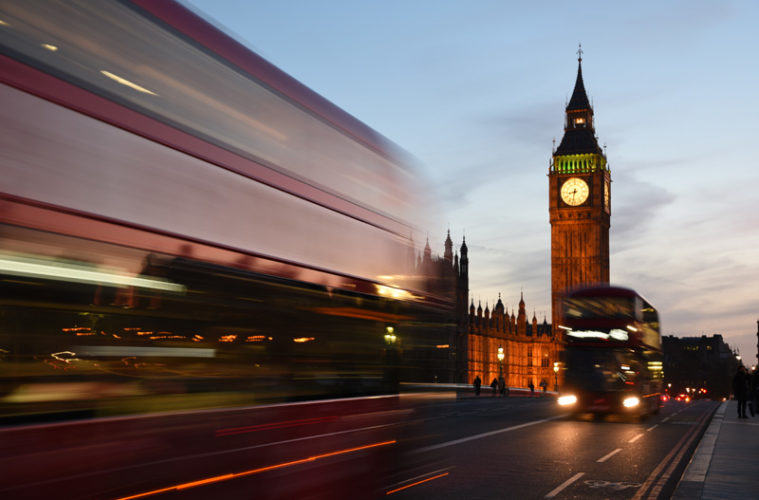Beyond 2030 the world would have had 41 mega cities. Good news, we should all say. This would mean that less and less people would be living in slums, and there would be the fripperies of city life right before the doorstep of all of us. Moreover, the world could get a lot better because mega cities would also mean less violence, reduced social inequality, and shortened unemployment.
Not quite! The UNESCO Global Report on Culture for Sustainable Urban Development released on October 18, 2016 disagrees. The report which was put forward at the Third United Nations Conference on Housing and Sustainable Urban Development sees the world from a different shade of glasses – a grim future that rapid urbanization would heist on mega cities and its people- which means all of those advantages we thought of mega cities would rather become our Pandora’s Box.
However, the report advocates that urban planning strategies must integrate cultural components.
Culture lies at the heart of urban renewal and innovation. This Report provides a wealth of insights and concrete evidence showing the power of culture as a strategic asset for creating cities that are more inclusive, creative and sustainable. – Irina Bokova, Director-General of UNESCO
Lying within the core of culture for sustainable urbanization is creativity. Non-profit and independent art schools would ultimately become the oracle urban city planners which people would have to consult for their designs to achieve safer environments for the future. There are a number of ways creativity could influence urban developments, thus making cities of the future really smart.
Removing Bottlenecks Of Inclusion
Rapid urban development swallows up public spaces and leaves the city dwellers without a meeting point for a get- together. Creating aesthetic and active public spaces should be the goal of architects and local authorities. Indeed creative artists! The Project for Public Spaces noted that the management of a public space is as important as the design. Management, which refers to the organization of activities within any place designated for multi-cultural interaction in this instance. It is at the behest for management that art schools would become indispensable.
Managing a public space may involve an annual painting or drawing in which residents of the area brainstorm on themes that affect their governance. It could be on their government’s external spending to new educational policies. One success story of how a public space was utilized for social inclusion is found in WaterFire, Providence, Rhode Island. The initial creation of the event was organized by an Artist named Barnaby Evans in 1994.
Youth Engagement
Young people are the future of communities. Developing sustainable cities must take into consideration the energy of the youth. It is widely accepted that when young people learn about their culture, it engages them in community projects and places profound benefits on the community. As the purveyor of culture, art schools have a role to play to keep young people socially conscious and entrepreneurial. Tapping into this consciousness is the Artist for Humanity programs in Boston created in 1990 by artist Susan Rodgerson. Susan had invited middle school students to paint a mural at her studio. From a request by six students to paint something else, her studio was turned to an everyday painting session during the summer to eventually a structured, paid apprentice program, in which teen are paired with professional artists.
Here in Sussex and London, the New School of Art classes perform something of a similar nature.
Preserving Cultural Identities
Communities thrive better when there is a sense of ownership by everyone. This feeling comes through the preservation of what the people hold dear. One way local authorities could foster sustainable cities is by opening art galleries within a culturally significant environment. Within the galleries, residents placed within cultural packs, could be asked to submit their creative designs, based on each pack’s cultural identity. Managing the event would be handled by the efforts of non-profit and independent artists.
Another way to preserve communal identity is to get the people involved in the planning of designs and developments within the city. The Nia Ni Who? (Who is Nairobi?) project proved that the people care about how their city is developed. An art centre called GoDown Arts Centre and a Swedish architectural firm had organized a three months long civic participation for the people to decide how they wanted their city. GoDown is a large district in Kenya. Through activities such as concerts, parades, community clean-ups, and sports, one lesson the people learned from the project was that their city defined them.

